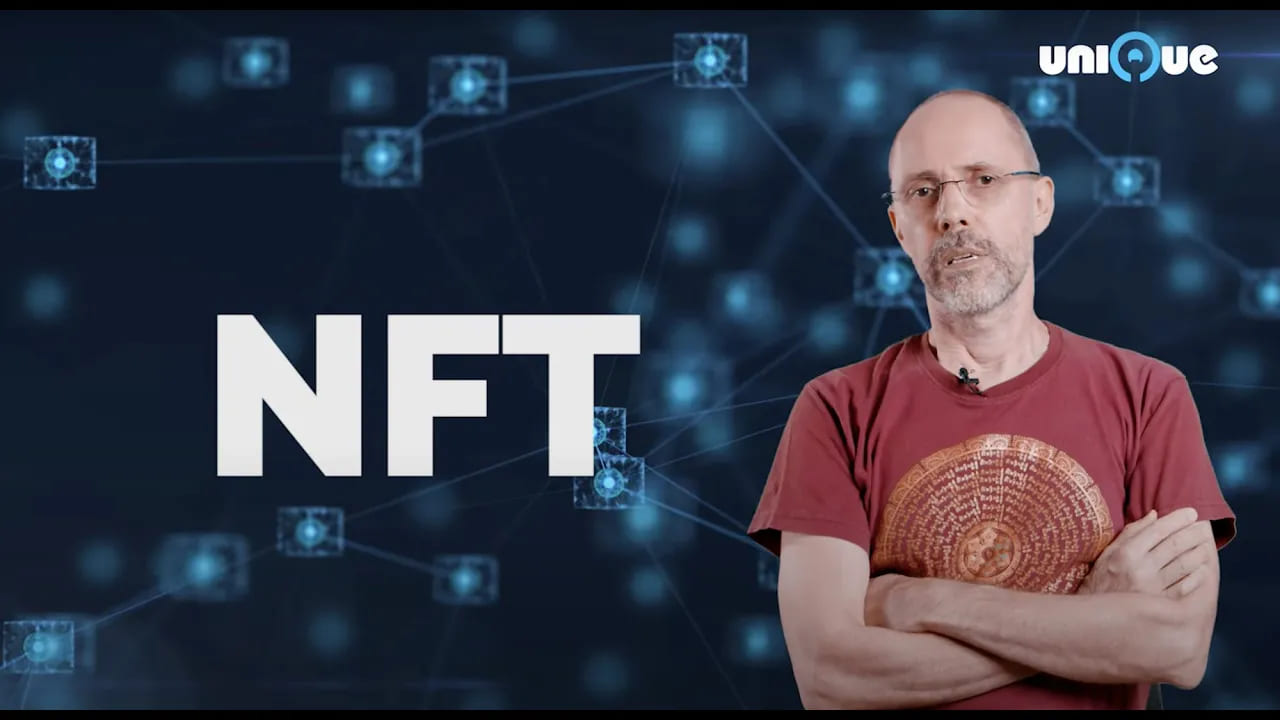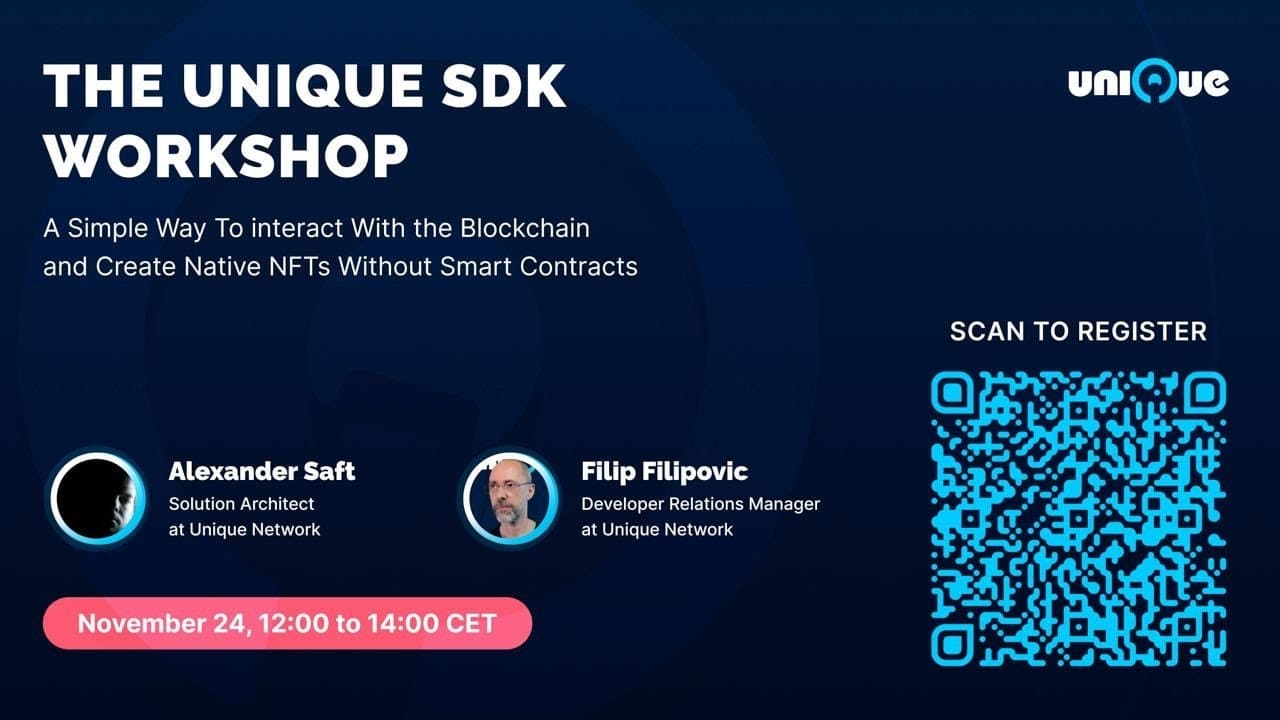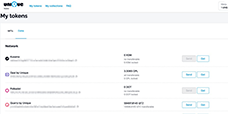Learn more about this dynamic new path for NFTs and how we’re leveraging unlimited technology to bring it to the blockchain — and you!
Beyond relatively simple, limited use cases like collectibles for NFTs lies a whole world of possibility and limitless potential. From real-estate to healthcare and blockchain gaming, those who truly understand the power of NFTs know that when you dig deeper into the potential of their technology, a lot more is possible. Enter re-fungibility!
But before we get into the meaning of re-fungibility, let’s make sure you understand the difference between fungible and non-fungible.
Fungible vs. Non-fungible: What does it all mean?
Most people who have even merely dipped their toes into NFTs should at the very least know that they stand for non-fungible tokens. Non-fungible means that a particular asset is unique and non-divisible. One of one means one of one, and so on, regardless if it is a physical object or a digital image. You can think of a non-fungible token as a deed or title, or ownership; it represents a unique, non-replicable item that is yours and yours alone. A deed to a specific house only can apply to that house, and a ticket to a concert is only good for that one night — once the night is over, the ticket is relatively useless (nostalgia aside). Another term to describe non-fungible is “one of a kind,” hence why valuable, rare NFTs like Bored Apes and Cryptopunks garner million-dollar price tags. Scarcity vs. supply and demand is the name of the game.
Fungible tokens, on the other hand, are divisible and non-unique. In the case of currency, which is fungible, a dollar or Bitcoin here is the same as it is there—while the value of one might change, there is nothing particularly unique about the asset once it is issued. Fungible tokens are simply a store of value.
Reading into Re-fungibility
So, where does re-fungibility come into the mix? A re-fungible token (RFT) is essentially a non-fungible token that becomes fungible again. Re-fungibility opens up a whole new world of possibilities for NFTs with a unique ability: partial ownership. You may have heard about the “fractional ownership” of NFTs, which is when an NFT smart contract is deployed to generate ERC20 (the standard used to create fungible tokens) tokens which are linked to a non-fungible ERC721 token, which is the standard token for NFTs. This allows anyone holding one of the ERC20 tokens to own a percentage of a single NFT, which in recent months has enabled large groups of people (or DAOs) to pool money together to buy extremely expensive digital artworks.
As such, a valuable asset (e.g., a CryptoPunk worth $1,200,000) may be split between multiple owners and even traded using a traditional exchange trading model with a bid and ask order book implemented for a more accurate price discovery.
Re-fungible tokens function rather similarly; they can be minted and then partially transferred to multiple owners. However, in the case of Unique Network, the process of ownership and tokenization is slightly different. Still, re-fungibility allows users to share ownership of a specific token.
How it Works
Ideally, to create fractional ownership on Ethereum, we need to lock NFTs into smart contracts and split the ERC-721 token into many fractions of ERC-20 tokens. Unfortunately, this can lead to issues with safety and a poor user experience.
Quartz RFTs take a different approach. We don’t have to lock our NFTs in contracts and mint ERC-20 tokens. We can use our native RFT pallet, which allows us to create fractional ownership using native minting. We can then mint RFT tokens from scratch and sell fractional ownership to token holders. It’s a safer and simpler option for our users because they don’t need to use complicated services or create smart contracts. You will be able create these types of RFTs soon using our UniqueMinter or minting scripts.
When creating a collection, the user can choose between creating NFT or RFT collections. After that, they can specify data about the collection (name, description, symbol, attributes) and the number of ownership shares specific to each RFT. Users can create tokens divided into 100,000 shares and then sell them to the community. Each RFT-token holder can re-sell their share or buy more shares of their token.
So Why Re-Fungible?
Re-fungibility is an important step towards building real-life models of ownership rights in blockchain. Often a unique item can be owned by multiple entities in different proportions. The examples of such shared ownership are abundant:
-
Real-estate timeshares
-
Co-ownership of art
-
Fractional car ownership
-
Buying portions of land
Re-fungibility allows us to utilize blockchain technology in non-blockchain-specific settings, opening up a nearly limitless array of possibilities for people to benefit from the security and autonomy of blockchain while democratizing access to both real-world and digital assets through renting or sharing pieces of a single asset.
“RFTs from Unique Network enable the first native, powerful and user-friendly instruments for fractional ownership,” says our CEO and co-founder Alexander Mitrovich. “RFTs done natively will drive mass adoption of collective ownership of digital assets.”
The Unique Take
At Unique Network, we believe that re-fungibility is an exciting development and extension from the introduction of NFT bridges: If sharing of the ownership is desired, a previously non-fungible token may be made re-fungible once transferred to Unique Chain through a bridge. Together with many of our dynamic NFT features and benefits, we are building and deploying next-generation NFT technology that goes beyond what has been built on Ethereum, Solana or Tezos. From scalability to complex ownership structures to re-fungibility and flexible ownership models, NFTs on Unique Network go beyond the limits of the technology today.









